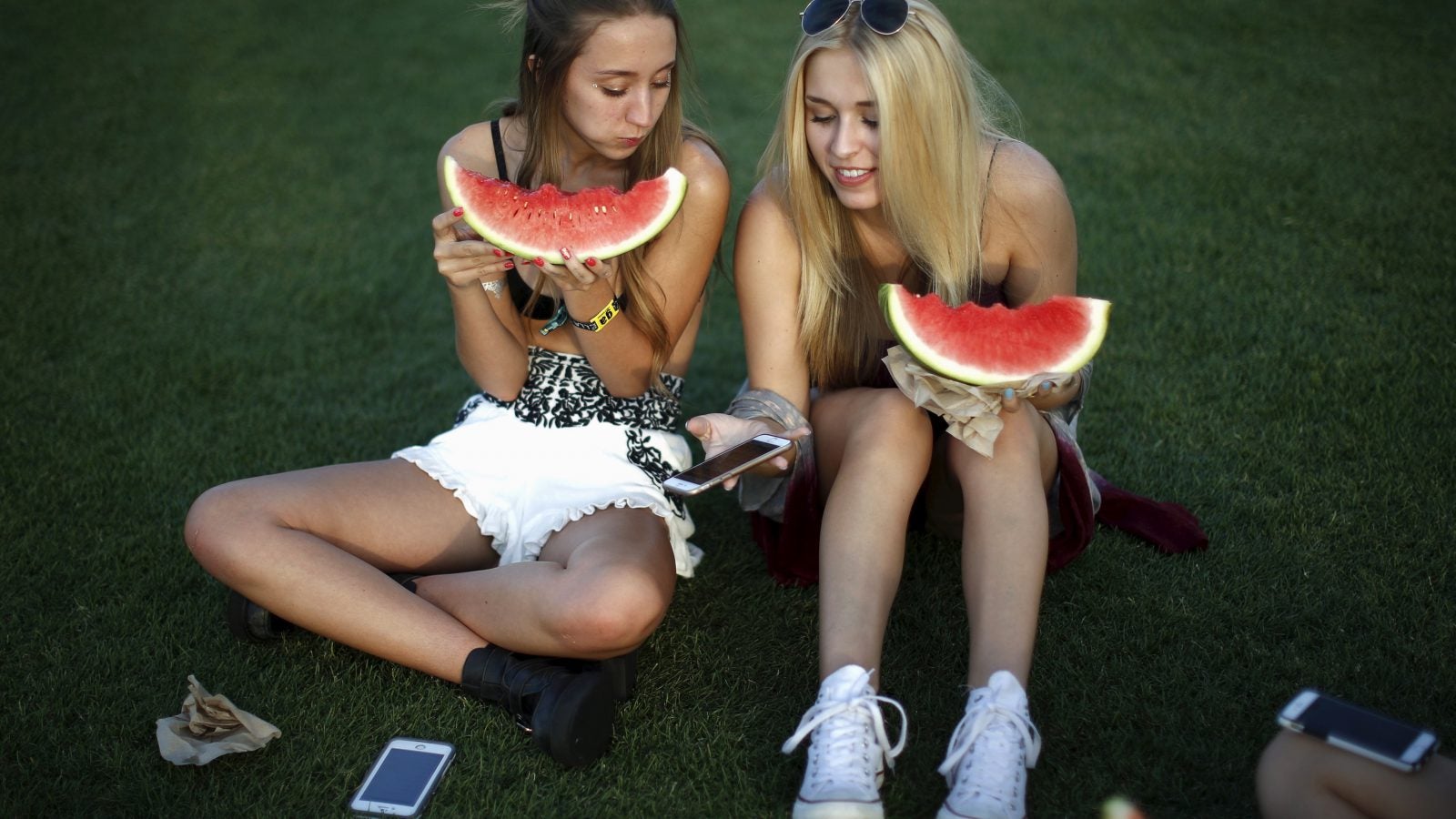Tinder changed love and now it wants to change friendship
In much of the world, the business of meeting life partners and sexual partners has been profoundly altered by the ability to swipe right.


In much of the world, the business of meeting life partners and sexual partners has been profoundly altered by the ability to swipe right.
The cultural change that the dating app Tinder brought—like the possibility of getting an Uber, or food, or a room for the night via minimal interaction with a smartphone—has created both new advantages and new pitfalls. Tinder and other dating apps have largely lost their stigma and become ubiquitous around the world: In the US, 27% of all people aged 18-24 now use dating apps.
Tinder in particular, with its location-based surfacing of other eligible daters to ”swipe” left or right on, has had a massive impact on how we find love. With an estimated 50 million users, Tinder is one of the biggest dating apps in the world, and it has popularized the fast-reaction, photo-focused method of choosing: see a picture, decide based on gut instinct, move on.
Now, Tinder has rolled out a new feature designed to help groups get together, instead of just individuals. Tinder Social launched this week in the US, the UK, Canada, New Zealand, India, and Australia, where it was first tested. Is it possible the impact on group interactions could mirror the profound change that’s taken place in hook-ups?
At the core of Tinder is a paradox. The company describes its app as replicating pre-smartphone life, with the swipe as “the digital equivalent to making eye contact with someone across the room at a party,” according to a spokesman for the company. But at the same time, experience tells us that Tinder has in fact re-modeled, not replicated, flirtation. Interacting with pictures on a phone as a method of choosing who to meet is very different from glancing over at a specific person in the same room. It’s a difference which even the company acknowledges: “Tinder has changed the way that people meet 1:1,” the same spokesperson said.
It might even have made catching eyes in a bar less likely. Tinder has “gamified” dating, said Tomas Chamorro-Premuzic, professor of business psychology at University College London. It has made us less creative in our real-world approaches, since the only skills now required to get a date are the curation of an online profile.
“We are now probably spending more time dating in digital than physical environments, and it is harder to chat someone up in a bar because they will be busy with Tinder,” he said.
Friendship, too, is being changed by technology—perhaps even more than dating, if we think about the huge networks of acquaintances and constant updates made possible by Facebook and other social networks. The changes are bringing about their own types of social anxiety, and playing on ones that already exist—such as wondering whether our friends like us, and whether we’ll be able to retain them.
Tinder’s new function isn’t a way to make new friends (though some already use the app for that). Rather, it interacts with Facebook to allow groups of existing friends to interact. Groups are crucial in all areas of life, says Chamorro-Premuzic. But they’re also complex.
As a way for groups to form and meet other groups, Tinder Social has already been dubbed a “group sex” function by some. Users opt in, after which anyone can create a group and match with other groups. Matches are formed when at least one member of each group has swiped right. The combined group can then chat and make arrangements. Members can also leave the group.
And again, Tinder’s marketing is about replicating pre-app interactions. “Often your best nights are when you’re hanging with friends, someone makes an unexpected connection with someone in another crew, and your two crews have an amazing time together,” a blog post by the company says. It’s all about spontaneity. Oh, and also, planning.
Tinder Social will be in competition with other group messaging systems like WhatsApp, which are already subtly changing the way we befriend each other.